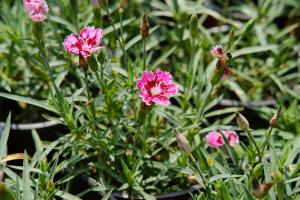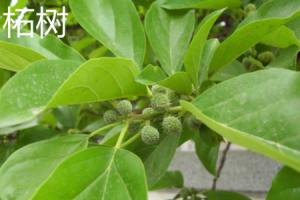Introduction
When growing weed plants, one of the most crucial factors that affect the plant's growth and yield is the amount of water it receives. During the flowering stage, it is essential to provide the right amount of water to ensure the plant's health and maximize its yield. In this article, we will discuss how often to water weed plants during the flowering stage.
The Importance of Watering Weed Plants During Flowering
During the flowering stage, weed plants require more water than during the vegetative stage. This is because the plant is using more water to support the development of its buds. Water is also essential for transporting nutrients to the various parts of the plant.
However, overwatering can result in root rot, which can damage the plant and reduce its yield. On the other hand, under-watering can result in stunted growth and smaller buds. Therefore, it is crucial to balance the amount of water the plant receives to ensure it gets enough water but not too much.
How Often to Water Weed Plants During Flowering
There is no one-size-fits-all answer when it comes to how often to water weed plants during flowering. The amount and frequency of watering depend on various factors, such as the size of the plant, the type of soil used, and the humidity and temperature of the grow room.
As a general rule, you should water your weed plants during the flowering stage when the top inch of the soil is dry. Stick your finger into the soil to check for moisture, and if it feels dry, it's time to water the plant.
However, it's essential to avoid overwatering. You can tell if you're overwatering by checking the soil's drainage. If the soil is saturated and sitting in water, it's saturated, and you need to reduce the amount of water you're giving the plant.
How Much Water to Give Your Weed Plants During Flowering
The amount of water to give your weed plants during flowering depends on various factors, such as the size of the plant and the type of soil used. As a general rule, you should water the plant until there is runoff. This helps to flush out any excess salts, which can build up in the soil over time.
You can determine how much water to give by observing the plant's response. If the leaves are drooping, it's a sign that the plant is thirsty and needs more water. On the other hand, if the leaves are curling, the plant is getting too much water and needs less.
Conclusion
Watering weed plants during the flowering stage is essential to ensure the plant's health and maximize its yield. However, it's crucial to balance the amount of water the plant receives to avoid under- or overwatering. As a general rule, water the plant when the top inch of soil is dry, and give enough water to produce runoff. Observing the plant's response to watering can help you determine if it needs more or less water.

 how many times do yo...
how many times do yo... how many planted tre...
how many planted tre... how many pine trees ...
how many pine trees ... how many pecan trees...
how many pecan trees... how many plants comp...
how many plants comp... how many plants can ...
how many plants can ... how many plants and ...
how many plants and ... how many pepper plan...
how many pepper plan...































